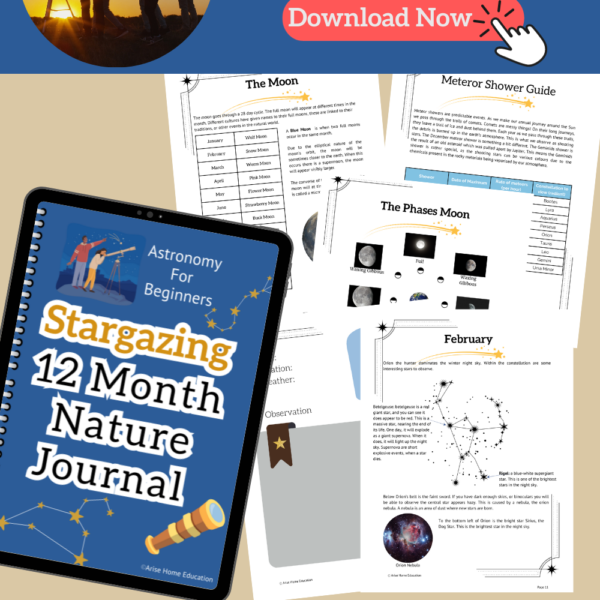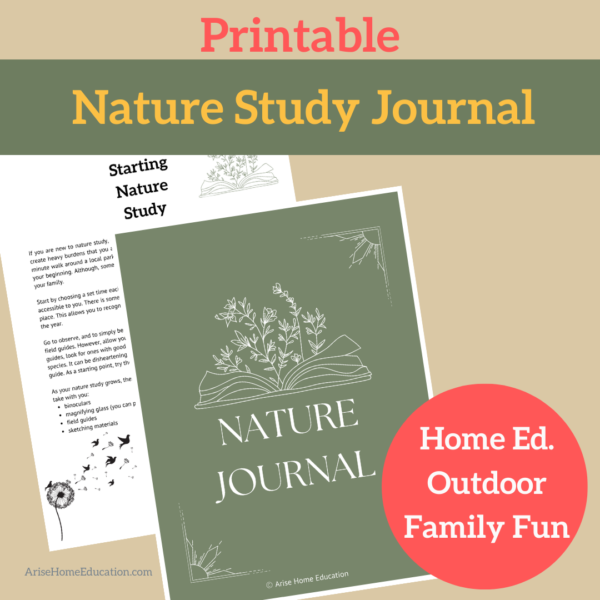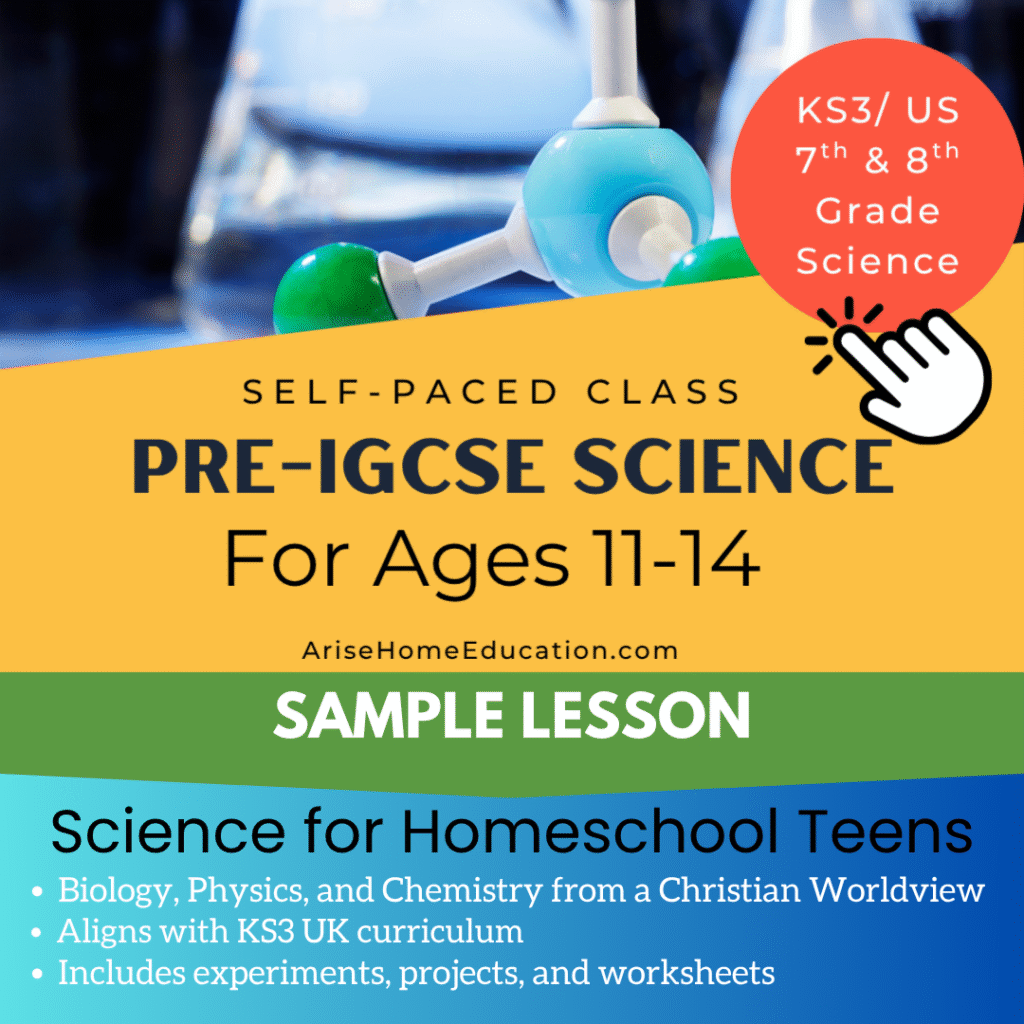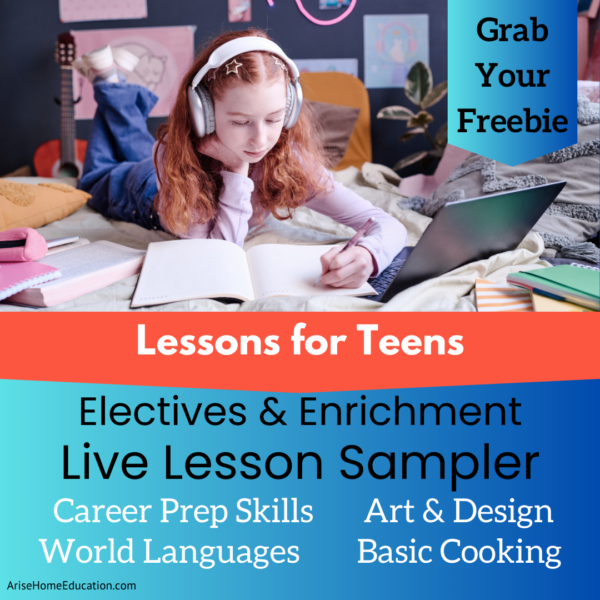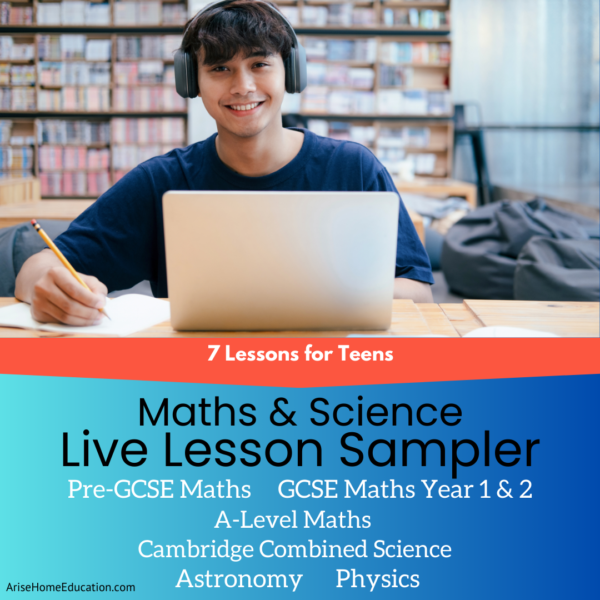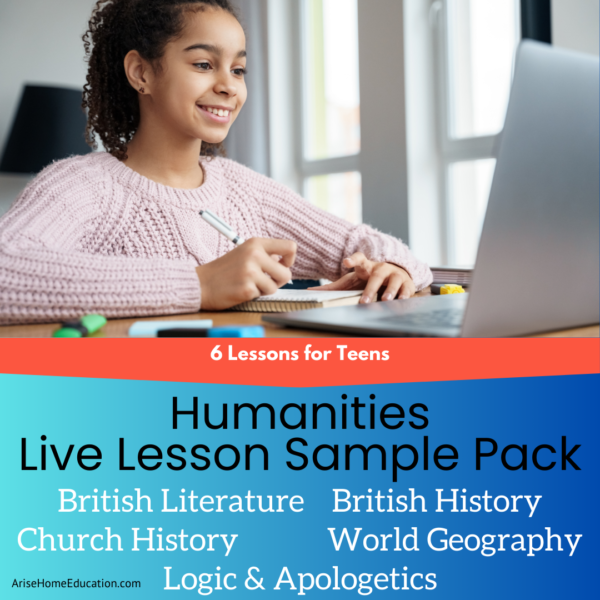Using the Unit Study Home Education Method for All Ages Learning
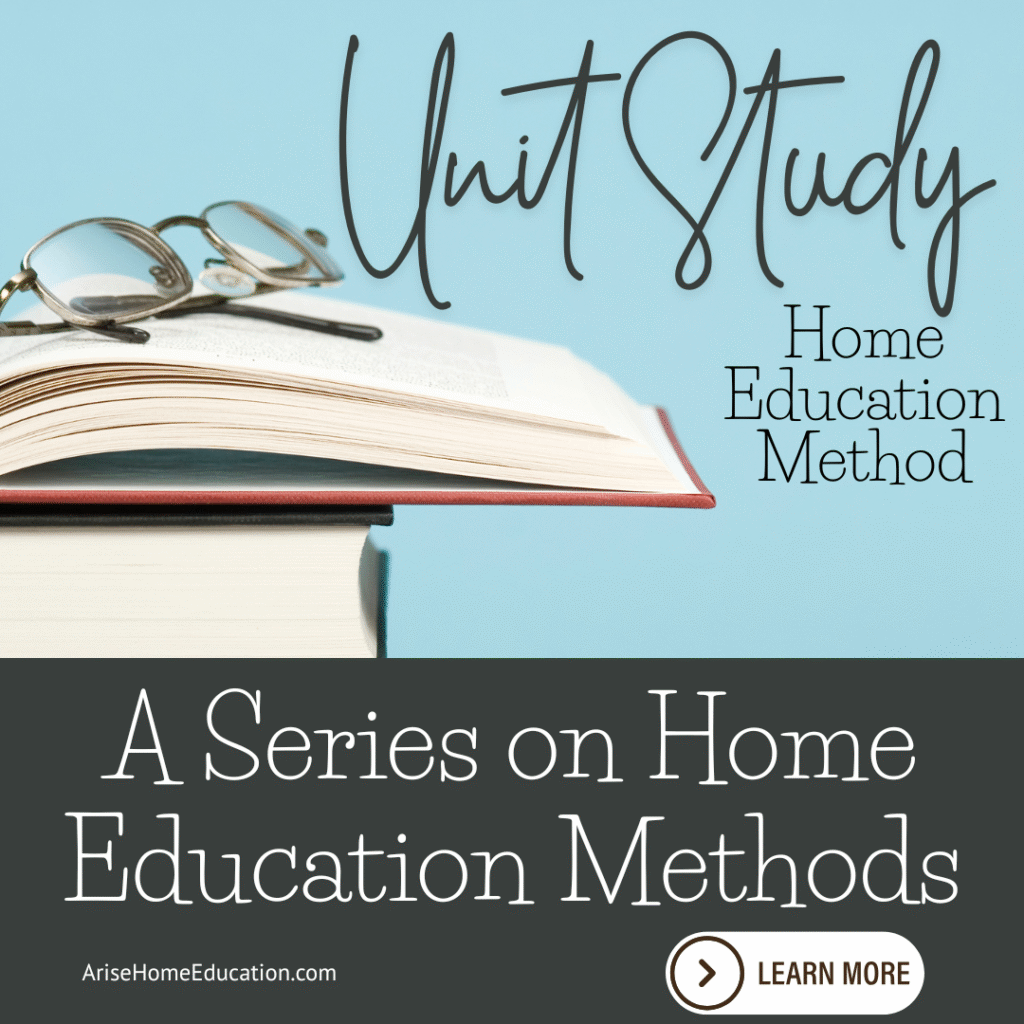
If you’re like many home educators, you’re probably looking for fun and meaningful ways to teach your kids in a way that inspires both younger children and older kids. The unit study home education method is a fantastic option! Let’s explore how you can plan and implement exciting learning activities that will help your child reach their full potential.
What is the Unit Study Home Education Method?
The unit study home education method is an educational approach that integrates various aspects of a topic into a single, comprehensive study. This approach allows children to dive deep into a subject, helping them develop a well-rounded understanding. Unlike traditional homeschool methods, unit studies promote exploration and curiosity, encouraging critical thinking and problem-solving around specific themes.
One of the great things about unit studies is their flexibility and the ability to tailor topics to each child’s interests and age. Students can delve deeper into the core subject based on their levels of understanding and reading ability. The curriculum typically revolves around themes that last a week or a month, such as “Ancient Egypt” or “European Geography.” These themes often blend literature, history, science, art, music, and even activities like virtual field trips related to the main topic.
Since unit studies cover multiple disciplines simultaneously, students gain a broader knowledge base compared to other home education methods. Students have the opportunity to research primary sources, such as scholarly essays on specific topics, which fuels their curiosity. Plus, they don’t have to worry about the pressure of external factors like exam scores or rigid test schedules that often come with traditional education methods in the UK and abroad. Students are often assessed on their knowledge of a unit study topic through conversation and presentation.
Adding in activities like field trips or outdoor adventures provides a practical, hands-on context for these lessons, which deepens the level of knowledge when discussing textbook material or research findings in group settings.
Advantages of the Unit Study Home Education Method
The unit study home education method is an educational strategy that divides subjects into various units, allowing students to explore different topics within a single overarching theme. This means students can engage with a year-long unit that includes multiple subtopics, activities, and projects. It could also include shorter interest-led units of study on a variety of topics.
This method offers a deeper understanding of the subject matter through its interactive and hands-on approach. Some of the benefits include:
- It provides a well-rounded perspective on each topic by integrating various areas seamlessly.
- It encourages students to use creative approaches to delve into their interests and understand more complex ideas.
- It promotes multisensory learning, helping visual and tactile learners grasp the material more effectively.
- It allows parents to customize each unit’s lessons to support their child’s strengths and weaknesses.
- It also prepares middle and high school students with essential skills for real-life situations, such as problem-solving, analytical thinking, and critical thinking, which they can apply in their daily lives.
Unit Studies are also a great ‘go-to’ when you need to spice things up in the winter months, or pause homeschool curriculum or ‘book work’ due to family illness, a change in routine, or family learning rhythm.
Unit Study Resources
How to Use the Unit Study Approach in Home Education
Unit studies are a fantastic option for home educators because they allow kids to dive deep into specific topics. This approach focuses on blending different subjects while exploring a chosen theme or area of interest. The goal is to ensure that each lesson is relevant, engaging, and enjoyable. It’s not just about rote memorization; it’s about linking knowledge to real-life experiences. Understanding Archimedes’ circles, or the impact of famous people around the world on the Victorian era, makes subjects come alive.
To effectively use the unit study method, begin by picking a theme or topic that your children will find exciting. This could be anything from history and geography to science and art. Encourage your kids to investigate various subjects related to that theme all at once. For example, if your student is excited about astronomy, then a unit study about Galileo may really help them decide if they want to do further GCSE Astronomy study in the high school years.
After selecting your unit study theme, gather resources like books and materials for your curriculum. Incorporate hands-on activities, such as experiments and games, to make the learning experience more interactive and enjoyable for your children. Depending on the complexity of each lesson or activity, plan how much time you want to dedicate to each one, as well as your daily schedule.
The beauty of home education is that your daily routine can be as flexible as your unit study topics!
Enhance your unit studies by incorporating field trips or meetings with experts. Offering real-world examples and experiences related to the subject areas helps solidify the knowledge in a memorable way. While you might not be able to head to the Mediterranean to visit the Archimedes Museum, you can visit virtually!
Keeping track of progress can highlight areas that need extra attention, preventing any stagnation when the material becomes too challenging or tedious. It’s important for parents to stay engaged and ensure their children stay on task until all goals are met before moving on to the next segment of the unit study. This way, both short-term and long-term objectives can be achieved effectively within the unit study timeframe. Adding ‘Unit Study’ to your weekly home learning schedule a few days a week will offer a gentler, inspiring approach to learning for everyone.
Unit Study Resources
Unit studies are a creative and great way to teach through themes – especially science (including science experiments), history, and literature. But maths is easily added to any of these as well. By integrating various subjects, older students are encouraged to think critically about the specific topic they explore. There is a wide array of resources available for creating unit studies, allowing for tailored learning experiences for any grade level.
Let your kids deep dive into textbooks, videos, informative books related to your unit study topic, virtual museum tours, and online resources. Nature books and reference materials like online encyclopaedias can also aid students in their learning. Additional resources might include picture study cards and literature for extended reading. Non-book materials such as podcasts, CDs, videos, or even audio recordings can also enrich your home learning library and be seamlessly integrated into lesson plans.
‘Open and Go’ Unit Study Resources
‘Open and Go’ online resources offer a significant advantage for sourcing themed studies that integrate a variety of learning opportunities that cover a single topic of interest for the whole family. The abundance of available information ensures you won’t run out of suitable materials to create your own unit study or use curated unit studies by your favourite home school unit studies providers.
Moreover, outdoor activities play a vital role in many unit study projects, connecting students with their surroundings while reinforcing lessons on a central theme through real-world experiences. A trip to a local park or historical site can be incredibly enlightening, often offering insights beyond traditional coursework. At the conclusion of each project, look for ways to tie together the concepts learned through practical applications to reinforce the ideas explored during the unit study activities. Take pictures, create presentations and have discussions about what was learned. Attaching these activities to fun memories is a powerful learning tool.
Tips and Strategies for Unit Studies
The Unit Study home education method is a popular educational approach among home educators around the world. This method weaves together various learning aspects related to a specific broad topic over a longer duration or shorter week or month-long studies to pique a child’s curiosity about a single subject.. It promotes a cohesive and comprehensive way to explore different subjects, encourages critical thinking and problem-solving, strengthens the meaningful connections between concepts across various disciplines, and nurtures an understanding of how different fields of knowledge are interconnected.
When applying this method, it’s crucial to ensure that the curriculum matches the student’s learning or grade level. Home-educating families should plan activities that cater to various learning styles to maximize the benefits of the unit study experience.
Here are some helpful tips and strategies when using a unit study approach:
- Select Unit Studies Aligned with Your Goals: Consider what you want your students to learn as you choose your unit studies.
- Pick Age-Appropriate, Engaging Materials: Ensure that the books and resources you select are suitable for the age group, captivating, and compatible with your home education philosophy and values.
- Utilize Primary Sources: Incorporate experiences like interviews, field trips to museums or libraries, and first-hand observations (like visiting a local farm or battlefield) that relate to a particular topic or theme.
- Encourage Integrated Learning: Introduce projects that challenge students to use higher-level thinking skills, such as problem-solving or design tasks, based on their interests connected to the unit focus. At Arise, we promote an ‘Easy + 1’ learning approach to keep things fun, engaging, and not overwhelming to students and families. Unit studies should follow this same idea.
- Foster Collaboration: Create plenty of opportunities for students to work with the entire family or classmates from co-ops. These interactions can spark meaningful discussions about discoveries made during individual or group projects that align with shared themes. Reflecting on previous lessons or readings can lead to deeper insights and connections.
- Promote Independent Assessment and Evaluation: For middle and high school students, encourage them to create a presentation (either physical or digital) based on their independent research, along with written essays summarizing their learning throughout the unit study. For younger students, provide a chance for them to express and discuss what they’ve learned in a fun and engaging manner.
Examples of the Unit Study Home Education Method
Unit study is a well-loved and effective approach to homeschooling that highlights how different subjects connect with one another. This method aims to weave various subjects into a comprehensive theme, helping learners see how everything fits into a larger context.
Some examples of the homeschool unit studies style include nature studies, biographies, author explorations, holiday celebrations, and global events. Unit studies typically allow for self-paced learning and often don’t involve tests or traditional assessments. Each subject is organized into a complete unit, enabling families to progress at their own speed while reinforcing essential learning materials. Unit studies also often end with a culminating project or presentation so students can share what they learned.
Many American colleges and universities accept home-educated students who have followed a unit study curriculum as part of their US high school diploma and transcript. UK & European families are also finding that unit studies and the US Model for education credits are an excellent way to show proof of education to their in-country university admissions officers. However, some states require that children receive instruction in core academic subjects, which include:
- Math
- History
- Language arts (covering reading and writing)
- Science
- Social studies
With academic coaching and good record keeping, the requirements can be met for many families. An effective unit study curriculum should engage students with hands-on activities in each subject area for the best outcomes.
One of the wonderful aspects of the unit study method is the flexibility it offers. Families can explore virtually any topic of interest, allowing for a more dynamic lesson planning process that integrates multiple subjects instead of focusing solely on one. This approach helps maintain student engagement while facilitating progression towards advanced learning levels, making it suitable for both young children and older students.
Arise ‘Open & Go’ Self-Paced Unit Studies
Unit studies are an excellent way to feed curiosity and inspire a love of learning.
The unit study home education method is an excellent way to blend subjects, organize studies, spark interest, and enhance retention. With thematic units, students stay inspired and curious about learning. This home education approach enables parents to tailor their curriculum to fit their child’s unique educational needs, utilizing student-led studies and hands-on activities that align with different learning styles. By aligning the study focus with a student’s individual interests, the unit study method fosters a deep understanding of concepts rather than just rote memorization.
There are numerous home education methods available. To discover the best fit for your family, consider exploring these various approaches:
- Charlotte Mason Method
- Traditional Home Education
- Classical Home Education
- Montessori Method
Are Arise Live Classes A Good Fit For Your Teen?
Grab a live lesson bundle and learn about the course, the tutor, and the weekly homework load.

